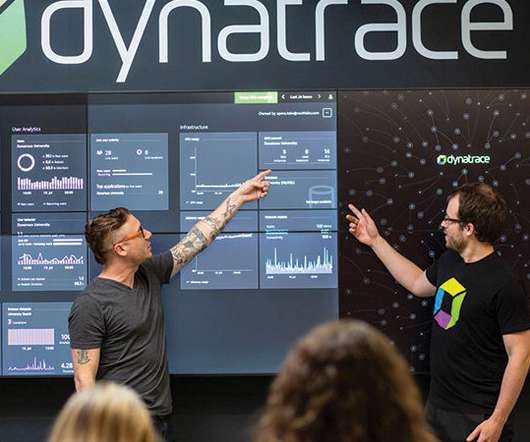What are microservices? An agile architecture for software development
Dynatrace
AUGUST 17, 2021
2020 cemented the reality that modern software development practices require rapid, scalable delivery in response to unpredictable conditions. Microservices architecture helps teams become more flexible and bring highly scalable apps to market faster. Watch webinar now! Dynatrace news. Focused on delivering business value.












Let's personalize your content